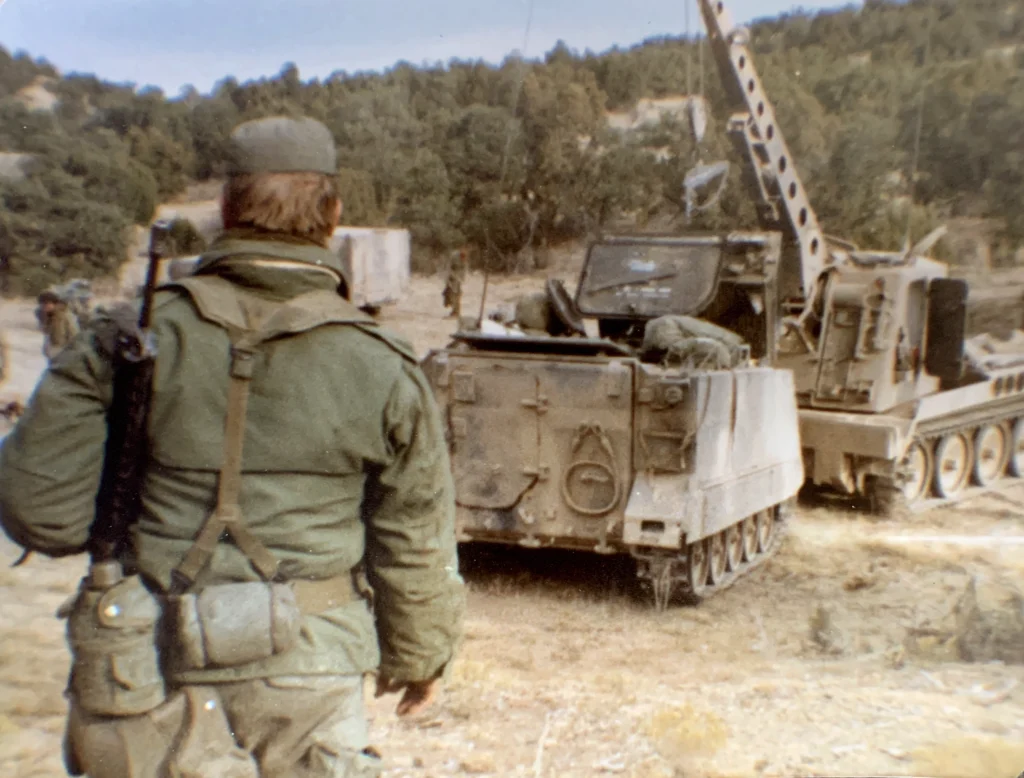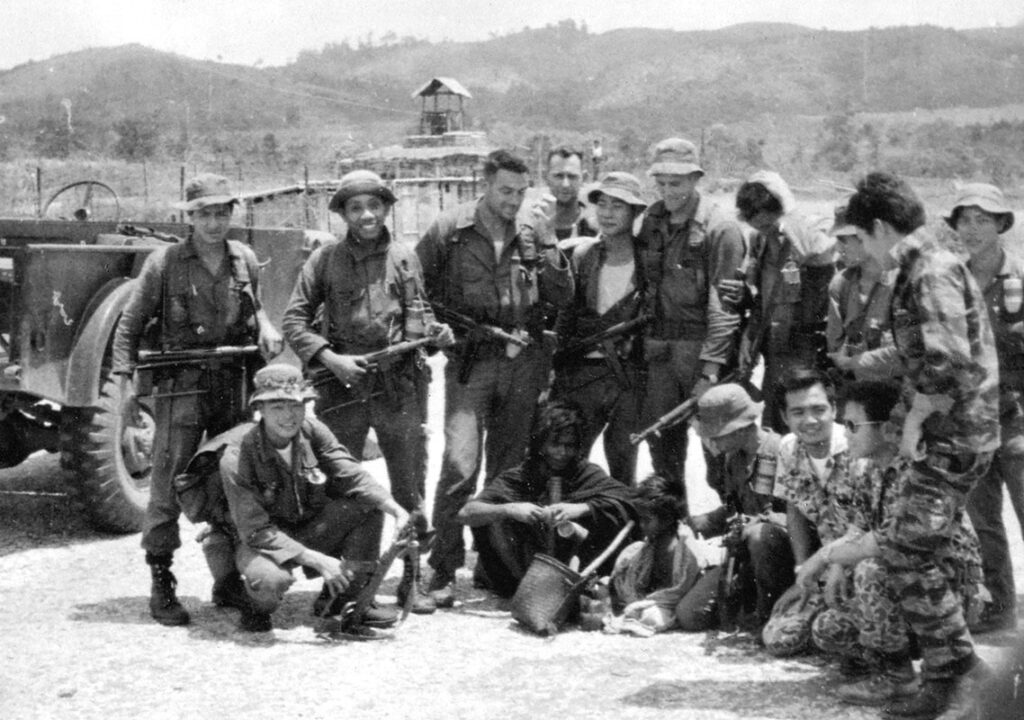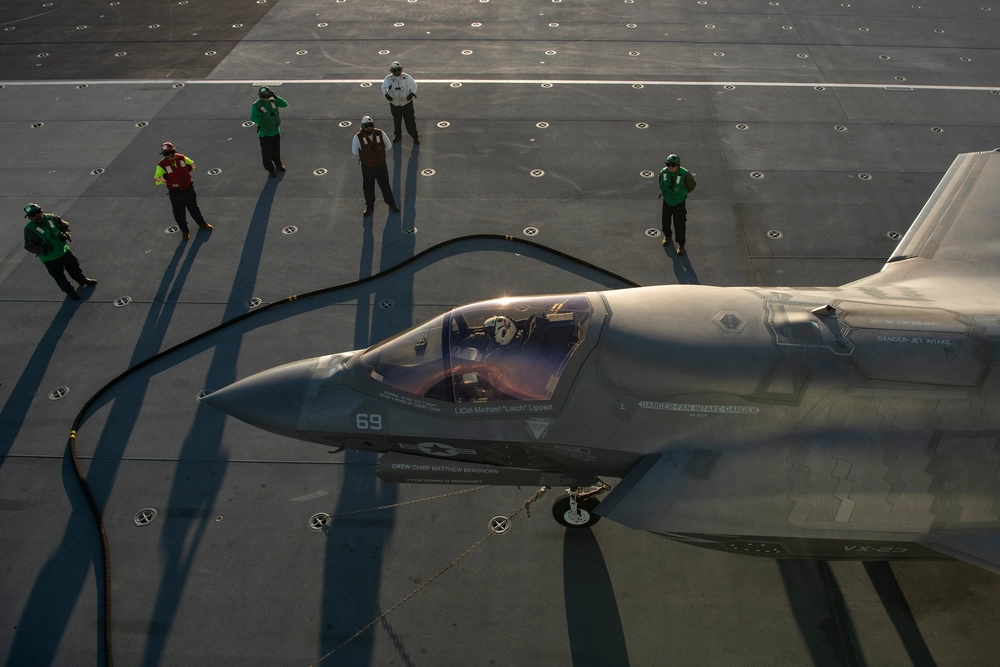Winter in the Colorado Rockies’ foot hills is not for the weak of spirit – the cold is a cold to end all cold in the United States. When you are there in it, you could swear it is the coldest place on the face of the Earth, and you might be right. Let’s just face it, when you are suffering from icy cold, anyplace but where you are at the time is better.
Such was the winter that year when I served with the 4th Mechanized Infantry Division conducting extreme cold weather motorized armor maneuvers in the coldest place on Earth.
One of the greatest feats related to such climate is simply to get all your armored vehicles started and running in the icy mornings. Typically, one in four vehicles started under their own power, and they were used to jump-start the other frozen armored personnel carriers. Some tracked carriers were towed behind another vehicle and pull-started that way.
In some instances, a more stubborn starter was coaxed into action by a small fire built under the engine, preferably where the oil sump was located. That was a rather hairy ordeal, I must confess, but it did serve to thaw the oil to the extent that the engine turned over and actually started in many cases.
“I don’t understand it,” one man lamented, “I’m freezing but my truck gets a fire before I do.”
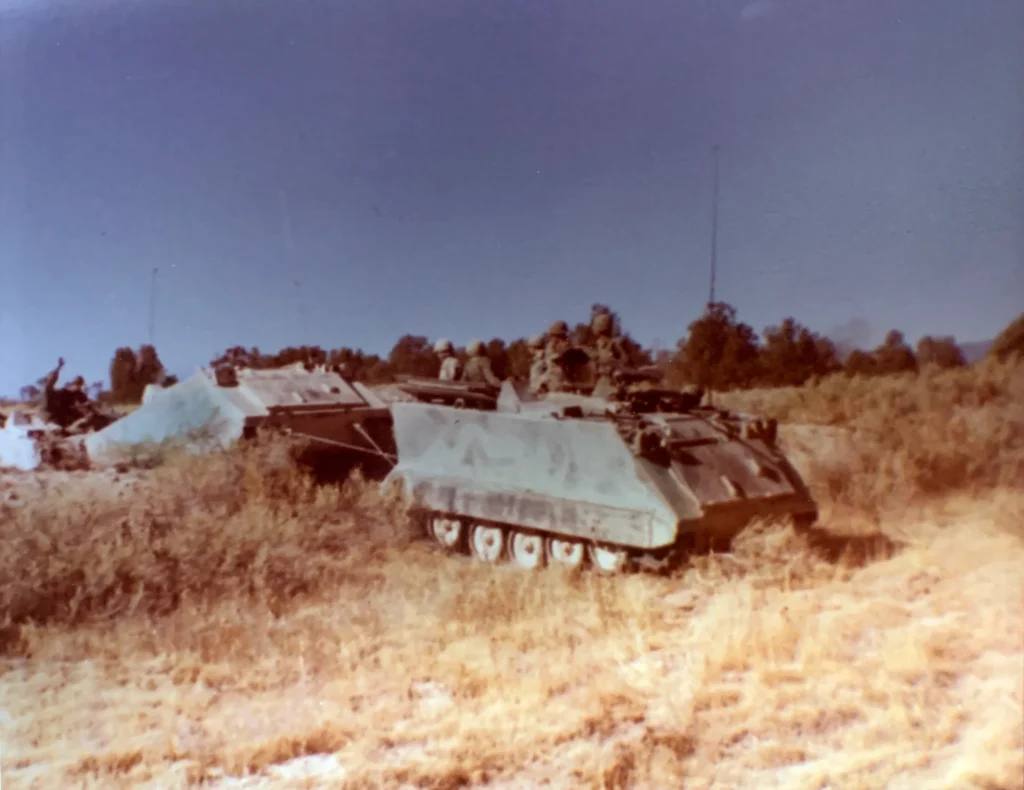
On the day of the disaster, the single file trucks moved through a natural depression in the terrain where they encountered a large pond (or very small lake) that was covered in ice and snow such that it was not visible to the weary eye.
The lead truck of the formation crashed through the thin ice on the water. It dove head first, ejecting the truck commander who had been sitting high in the vehicle commander’s cupola. He slid a considerable distance across the ice before coming to a halt.
The vehicle was stuck in an Olympic-standard nose dive: its nose in the bottom of the pond, while its rear was still on dry land. The water line was just barely nipping at the driver’s open hatch. The driver had since vaulted under his own strength onto the safety of the still unbroken ice.
It was a “wicked pissah,” exclaimed the driver in his New Englander accent.
The men set to work to recover the vehicle from the iced-over pond. We hoped to recover it by hitching up the waterborne truck with tow cables on the rear tow hooks and then fasten these to another vehicle that would throttle toward the opposite side while the imperiled vehicle gunned its engine hard in reverse.
Related: Cold winds and cloudy skies: Delta Force cold-weather operations
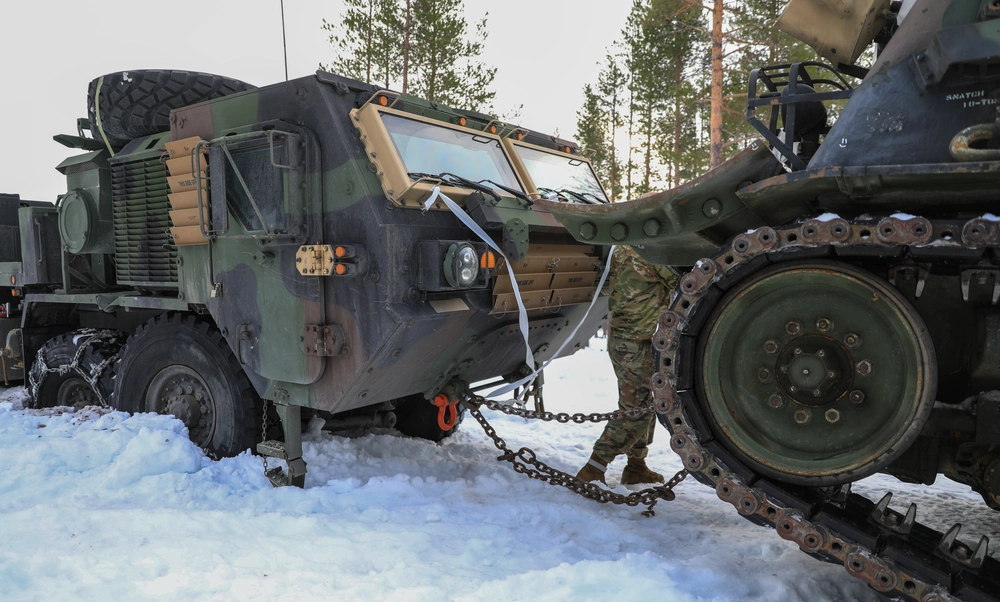
The rescue attempt was lousy. Tank treads slipped and spinned as we tried to extricate our stuck truck from the pond. We even brought in an armored vehicle that specialized in the recovery of armored vehicles – an M88!
As with the worst luck universally possible, the M88 was unable to recover the truck in spite of itself and the crappy frozen, muddy weather. Its position was reported to Range Control and we had the Battalion Commander’s approval to abandon the doleful machine until the spring thaw, fully to the chagrin of the Brigade Commander.
When the weather turned warm again, I deployed with a fellow infantryman and a team of mechanics to the site of the trapped vehicle. We put in an honest afternoon of work on the truck, which finally roared back to life and climbed out of it’s swampy tomb onto dry land.
We made a jaunty trek back to our battalion motor pool where we drove a victory lap around the grounds to the clapping and cheering of all those combat heroes that were there that day.
It was either a philosopher or jokester who chose the name of the rescued truck and wrote it with a black stencil – “Lazarus.”
By Almighty God and with Honor,
geo sends
Feature Image: An M88 recovery vehicle hauls an APC. (Photo courtesy of author)
Read more from Sandboxx News
- Ukraine strikes Russia’s strategic bomber fleet in attack worthy of special operations history
- Spy satellites aren’t nearly as all-seeing as you think
- The Great Gatorade Battle of Helmand Province
- Army and Marines embrace kamikaze drones for ground combat
- Germany to help Ukraine produce a ‘significant’ number of long-range missiles

